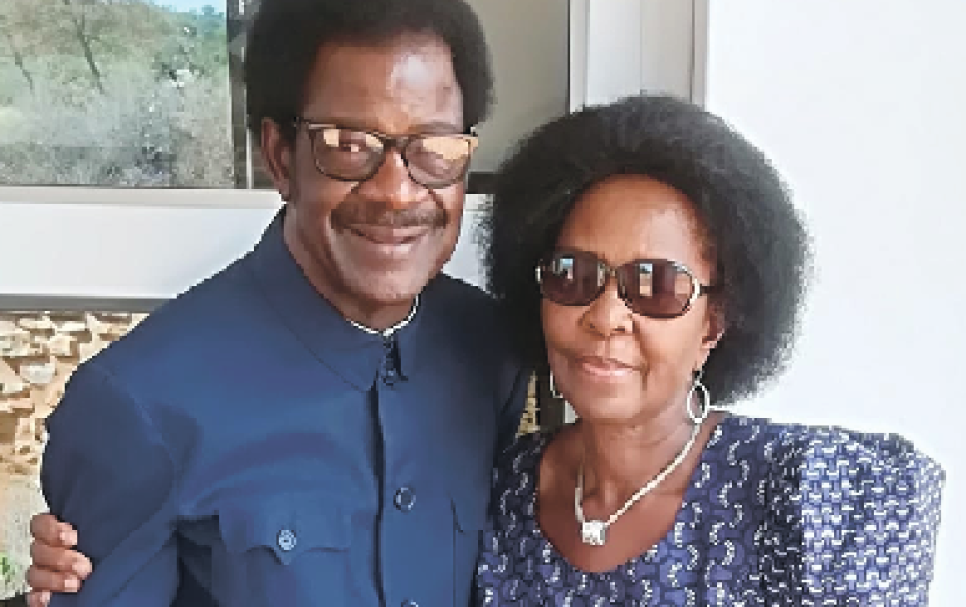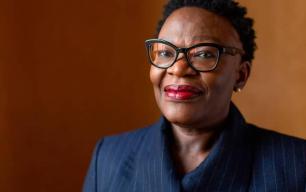‘Daring to fight and daring to win’

- By Kae Matundu Tjiparuro
ONE of the foremost publications in Namibia holding, if not hold out, to be a guide to Namibian politics is the similarly titled publication by Graham Hopwood, which include what is termed the A-Z of Namibian political personalities.
Given the electric nature of those covered by the book, not to mention the shadiness of some of the would-be personalities, ala the author, it is difficult to discern the meaning of personalities in this regard.
It is anyone’s guess how many editions of the book has been written, going back to the times of such a notable scribe like Joe Putz, who must have been the pioneer, if not amongst the founding authors of this series. However, from two editions of the book, the 2006 and 2007 versions, one could not discern among the celebrated and/or listed personalities, a notable absentee, either by design and/or gross oversight.
This is none other than Kuzeeko Kangueehi “KK, younger brother to the late Sondagh Kangueehi, and elder brother to the surviving Noag Kangueehi. Siblings growing and maturing in the old difficult peak days of latter day national struggle. Born and bred within one of the foremost liberation movement, SWANU, thereby earning them the wrath of their own kith and kin in the then politically polarized hotchpotch of political activism of the SWANU party in Aminuis.
A teacher by training, orientation and indeed by inclination, it was no coincidence that KK, as he was popularly known in both education and political circles, had to become a teacher at the private ecumenical school of the Evangelical Lutheran Church in the Republic of Namibia (ELCRN). As in the Bantu Education schools of the then apartheid Namibia, there would simply be no place for “terrorists” and “agitators” like KK.
Not to mention that none of their political orientation, inculcated in them by SWANU’s revolutionary dogmatism and strictures, based on the famous “yellow book”, as the SWANU Constitution , socialist in orientation, was referred to, would dare think of teaching in a Bantu Education school.
So, Martin Luther High School near the village of Okombahe in today’s Omaruru Constituency, in the Erongo region, would be the liberation rendezvous for those who had not then opted to skip the country into exile and pursue the liberation struggle further in whatever way they could. KK, et al remained behind holding the fort, making the school a political and liberation fortress of some kind and shaping both political and academic minds in own league that apartheid education became not only envious of, but hated to love and loved to hate. A hotbed of activism and gateway to revolution, it was.
KK became president at a critical time of the Namibian revolution in the mid-1980s, the period when apartheid colonial South Africa was masterminding internal so-called peaceful settlements like the Transitional Government of National Unity, essentially a buffer to hold back the advancing forces of liberation, with SWANU and SWAPO as vanguards.
It could only take someone nourished and natured in the true revolutionary tradition and dictum of SWANU, “daring to fight and daring to win” and “united we win, divided we fall”, imbued with the ideological spirit of the likes of Jariretundu Kozonguizi, the first president of SWANU, as he would pronounce to the world in Conakry, Guinea in 1960, to set the tone for an ideological position at the AAPSO Conference.
He was also the first Namibian to visit Peking in August 1960, paving the way for the training of SWANU cadres at the military academy at Nanking, and the first Namibian to make the Havana Statement in Cuba in January 1966 at the AAPSO conference. He touched on an ideological position that ultimately paved the way and informed SWANU’s ideological position that was formalised in 1974 in SWANU’s basic document (“the constitution”).
At the height of the Namibian struggle in the mid-1980s, he was fully occupied in the SWANU office in Windhoek, from where he strategized with fellow Namibian progressive forces, amongst others, the downfall of internal settlements by apartheid South Africa.
This was, made possible by the assistance of China. Thus, KK can be said to have been historically the one holding high the banner of solidarity between Namibia and her people, ideologically and otherwise. Eventually, thereby paving the way for the subsequent implementation of the United Nations Peace Settlement Plan for Namibia, Resolution 435 in 1989.
- 84 views










Comments